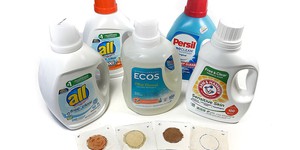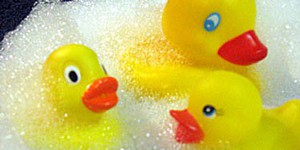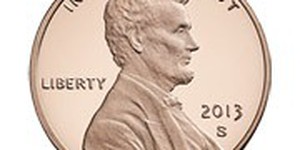Clean Water and Sanitation Science Projects (24 results)
The United Nations Sustainable Development Goals (UNSDGs) are a blueprint to achieve a better and more sustainable future for all.
These projects explore topics key to Clean Water and Sanitation: Ensure access to water and sanitation for all.
These projects explore topics key to Clean Water and Sanitation: Ensure access to water and sanitation for all.
|
Select a resource
Coding Projects
Sort by
|
Do you filter your tap water before drinking? Many commercials claim these filters make your drinking water cleaner and safer. But what, exactly, are these filters doing, and is the water really cleaner afterward? The cleaning power comes from their filtering material, called activated carbon. It exists in various forms: powder, granules, foams, and blocks. Do you think it matters what type of activated carbon is inside the filter? In this project, you will investigate whether larger or smaller…
Read more
How can seawater from the oceans be turned into fresh water that is suitable for people to drink? Through a process called solar desalination! In this science project, you will make a solar desalination apparatus using readily available materials, and a power source that is free. How much water can the device produce, and is it still salty at all? What factors affect how effectively saltwater is turned into fresh water?
Read more
New
Can AI understand human language? In the future, AI could aid in emergency interpretive service in the hospital when translators aren't available. But can current AI algorithms understand non-verbal languages like sign language? In this science project, you will test whether AI can learn sign language gestures or phrases to see if it can be used for interpretation.
Read more
It is important to ensure that we all have good clean water to drink that is not contaminated by heavy metals or chemicals. One common pollutant in a water supply is lead in old pipes or paints that can leach into the water and cause lead poisoning. There are different kits available for testing the presence of lead and other contaminants in water. Test your water supply, and also the water in some local ponds, lakes or streams. The same contaminants that can harm you can also harm wildlife. …
Read more
Understanding the water quality of our rivers, streams, and lakes is critical for maintaining healthy ecosystems and sources of drinking water. Dissolved oxygen is one key water quality measurement that impacts aquatic life. But how can we predict how water quality might change in the future so we can intervene to keep our water healthy? With machine learning! In this project, you will gather water quality data for a location of your choice and use a random forest model to predict future…
Read more
Did you know that about 1 in 10 people worldwide do not have access to clean water? Collectively, girls and women worldwide spend an average of 200 million hours every day collecting the water they need from rivers, water holes, or lakes. What if there was a way to capture water from another source—like the air? In areas where there is a lot of fog, a device called a fog catcher makes this possible. Fog catchers use fine meshes to capture and collect water droplets from the foggy air.…
Read more
New
Are you ever annoyed by a poor Wi-Fi signal? What about when you try to send a text message, and it just won't go through because of poor cell service? Have you ever wondered what factors affect the strength of your signal and the speed of the connection? If so, this project is for you!
Read more
Living in the industrialized world, like the United States, we are fortunate because we don't have to worry about the quality of our drinking water. Your community has the means to clean and provide water to you. But in many parts of the world, people don't have this luxury. Whether it is due to war or poverty, the lack of clean water leads to many health and social problems. In this environmental engineering science project, you will learn about different methods to filter out impurities in…
Read more
What do you think are some of the most common stains on clothes? If you thought of grass, grease, ketchup, blood, or toothpaste stains, you are correct. Everyday activities like eating, playing outside, or doing sports can result in a lot of dirty laundry. Luckily, we have laundry detergents that can get our clothes clean again! Some of these detergents contain enzymes that are intended to boost cleaning power. In this science project, you will investigate how effective biological and…
Read more
Do you want your hair to be shiny after you wash it? Do you want your clothes to stay bright and soft after laundering, and last a long time? You might think that a special shampoo or detergent can make this happen, but in this chemistry science fair project, you'll discover that how well people and things get clean has a lot more to do with the type of water used for washing than any special shampoo or soap. Did you know that water can be classified as either soft or hard? Soft water lathers…
Read more
Pennies are bright and shiny when they are new, but become quite dull with time. What causes such a drastic change? Oxygen in the air combines with the copper in the penny to form copper oxide, which makes the penny look dull and dingy. You can make the pennies look like new again by soaking them in water that is corrosive enough to strip off the copper oxide layer. It turns out, however, that the same process that makes the pennies shiny has bad consequences when it comes to copper pipes: it…
Read more
Have you ever been swimming at the beach and gotten some water in your mouth by mistake? Then you know that the ocean is very salty. But what about other bodies of water? How much salt do they have compared to the ocean?
Read more
|

















